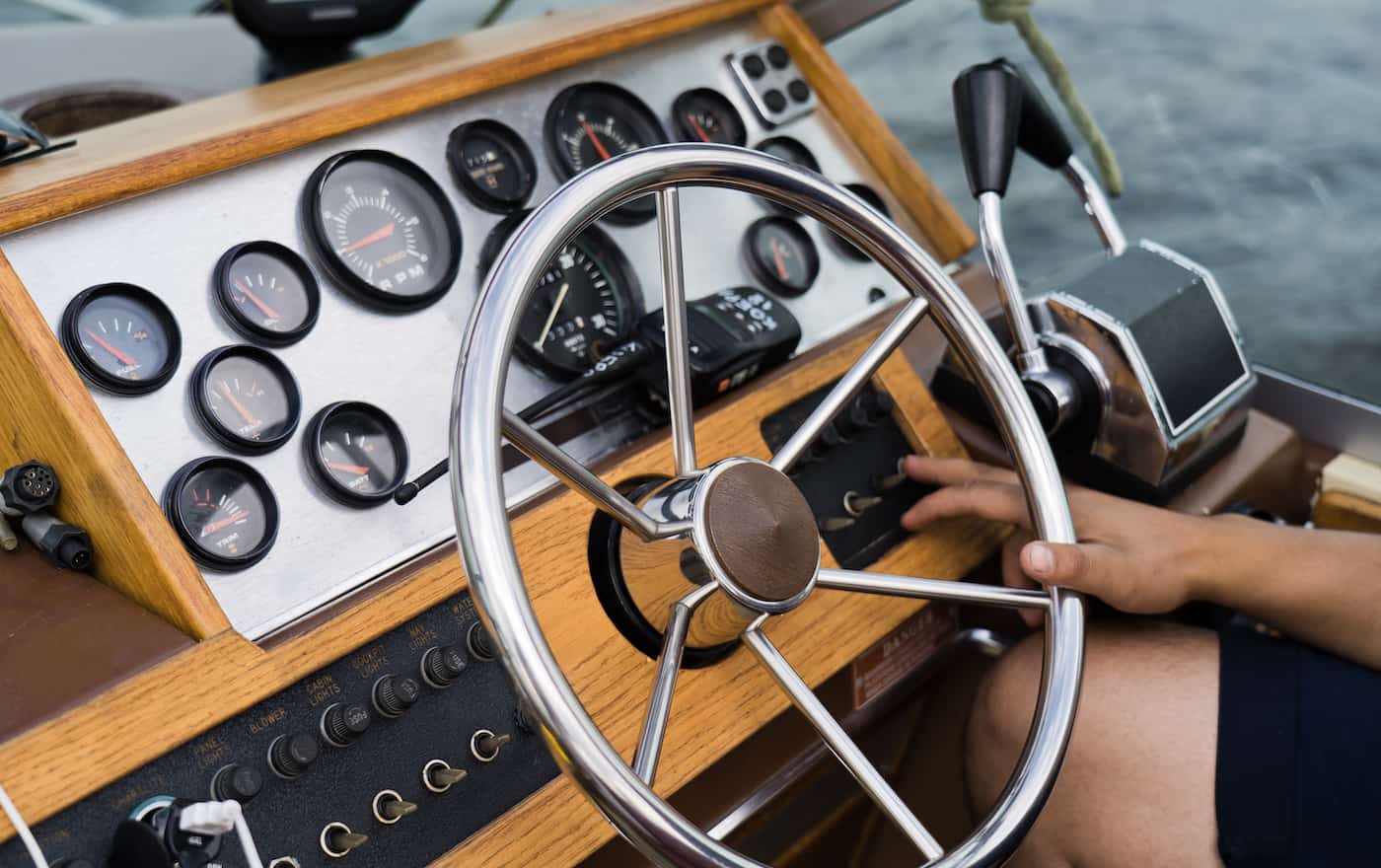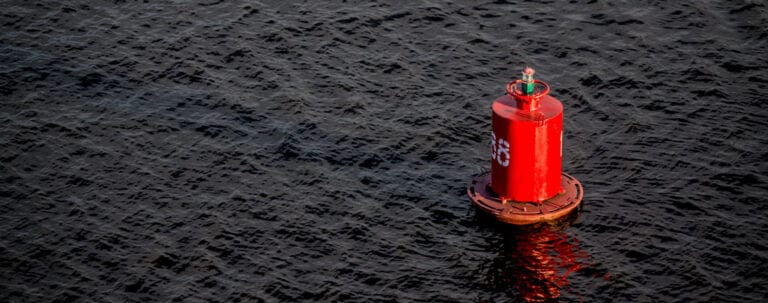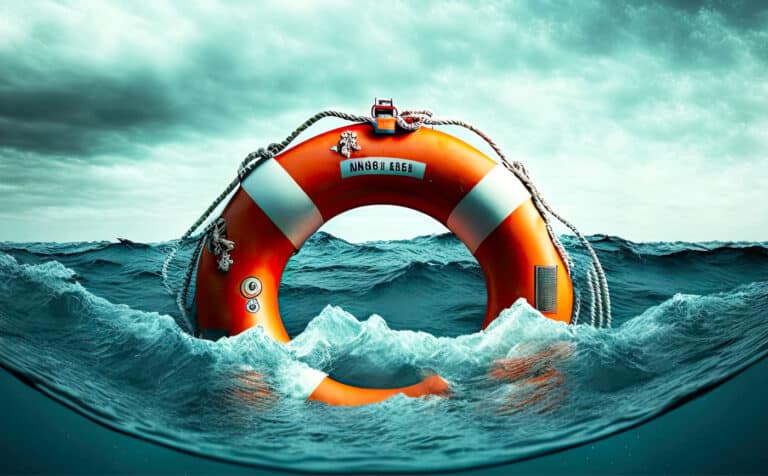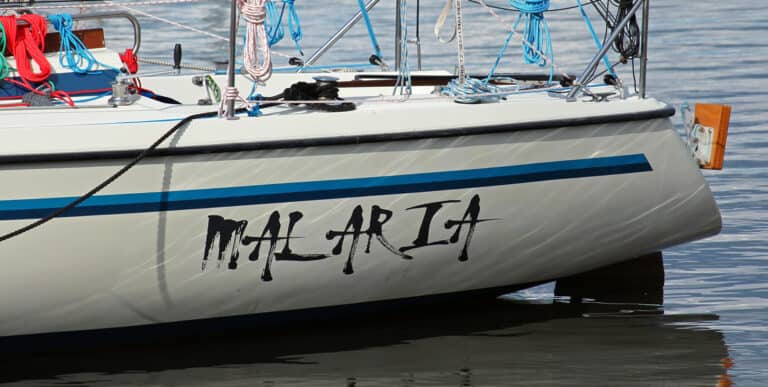Gears are an essential part of the vehicle propulsion system as they help increase the speed of the model. They also help cars utilize power and energy efficiency.
I have been wondering, “Do boats have gears?” If they do, are they like vehicle gears?
On the other hand, if they do not have gears, what do they use to propel themselves in the water? Let us explore the boat propulsion system in detail.
The Truth About Gears in Boats
Boats do not have gears like cars do. One of the reasons is that the inclusion of gears does not increase the speed while on water.
Instead of increasing the boat’s performance, gears tend to add some complexity to the running of the boat’s engine.
This, in turn, makes the engine more expensive to run and requires more power to cover a similar distance as the one that does not have the gears.
Therefore, it does not make sense to have gears on the boat in the same sense as cars.
However, this doesn’t mean boats lack a transmission system. In fact, boats do have a form of transmission, often referred to as the marine transmission or marine gear, but it operates differently from an automotive transmission.
The Role of the Marine Transmission
The marine transmission in boats performs several important functions. One is to engage and disengage the engine from the propeller, providing a neutral function. Another is to provide reverse rotation so you can maneuver your boat with ease.
These functions are accomplished by a series of internal clutches, which engage different gear sets when moved via the gear lever at the helm.
Instead of the complex transmission gear found in cars, boats have a reduction gear that does not need a transmission to work.
Third, boats use propellers to propel them while on water. Propellers do not need to rotate at the same speed as the engine, as wheels do with the car engine.
If propellers were to run at the same speed as the engine, they would form bubbles or cavities in the water, which would affect their efficiency.
In addition, boats need to generate a powerful and efficient thrust to navigate through water, which is denser than air. This is where the reduction gear comes into play.
Understanding the Reduction Gear
As I have explained above, boats do have reduction gears that are a key part of the marine transmission. However, they do not work the same as the transmission gear.
Besides, the reduction gear has nothing to do with the speed of the vessel.
Traditionally, boats are equipped with a motor that powers the propeller through the use of a shaft that comes with seals and bearings.
A gear reduction feature is added to the engine to enable it to use a larger propeller while still enhancing its efficiency. This reduction gear slows down the propeller rotation to roughly half that of the engine, making the propeller’s operation more efficient and powerful.
However, you may be wondering how the machine revs up without a gearing system. Manufacturers deal with this problem by using a high-slow motor.
Overall, a boat’s marine transmission primarily uses a simple gear system to engage and disengage the engine from the propeller and to facilitate reverse rotation. This differs from a vehicle’s transmission system, which enables speed shifts while in motion.
The Absence of a Traditional Transmission System in Boats
Boats do not come with a traditional transmission system either. In the automobile industry, the transmission transfers engine power to the driveshaft for distribution to the wheels.
It is also the transmission that provides the gear system used in managing speed while driving.
However, this is not the case with boats. Their motion is controlled by the propeller system.
As mentioned earlier, the blades on the propeller system act as the transmission, which provides the thrust the boat needs to move forward at maximum speed.
Cars require the ability to vary speeds due to situations on the road, such as traffic lights, speed limits, crossings, and corners, among others. However, these issues are not available to the water.
Therefore, most boats travel at their maximum speed at all times and do not require gears to vary the speeds.
In addition, a gear system is a very complex system that requires a full transmission system.
Inside the marine transmission, there are internal clutches that engage different gear sets to provide neutral, forward, and reverse motion. But the marine transmission is less complex than an automotive one.
In order to power a boat, you would need a big engine, which would be heavy, something that small boats try to reduce.
The lack of a traditional gearbox and transmission means that the boat lacks all other components of such systems, such as clutches.
Unlike motor vehicles, propellers do not undergo any substantial slippage when they come into contact with water.
Instead of clutches, boats come with a damper plate that is bolted to the flywheel to act as a clutch. This clutch is activated by oil pressure and protected by gearbox oil.
Unique Driving Conditions of Boats
Boats lack the traditional transmission system and gears because their driving conditions are different from those of motor vehicles. They do not need to vary speeds on water, and the friction experienced on the road is not available.
Its propulsion system involves the use of a propeller system where speed is generated by propeller blades. A single reduction gear system whose work is to power the propeller system.
This system applies to various vessels, including ships and speed boats. However, the size of the engine and propellers vary, thereby causing the differences in speed and power in different vessels.
FAQ
Do boats have transmissions?
Yes, boats do have a form of transmission, but it’s not like the transmission system found in automobiles. In boats, it’s often referred to as a marine gear or reduction gear. This system doesn’t change gears to adjust speed like in a car. Instead, it serves primarily to engage and disengage the engine from the propeller (providing a neutral state), reverse the propeller’s rotation for backward movement, and adjust the ratio between engine RPM and propeller RPM for efficiency. However, it doesn’t provide different speed levels or gears like a car’s transmission system.
Why Don’t Boat Engines Use Transmissions To Save Fuel?
Boat engines don’t use transmissions like cars to save fuel because the driving conditions are different. On water, there’s no need for varying speeds due to traffic or terrain. The propeller system provides a continuous thrust, and its speed is generally optimized for fuel efficiency. Introducing a complex transmission system would add weight and potentially decrease overall efficiency.
What part of a boat rotates to power the boat forward or backward?
The part of a boat that rotates to power it forward or backward is the propeller. When the boat’s engine turns the drive shaft, this rotation is transferred to the propeller. The spinning propeller blades push against the water, creating a force that moves the boat forward. To move backward, or in reverse, the rotation of the propeller is reversed, pushing water in the opposite direction.
Conclusion
In conclusion, while boats do not possess the traditional gears or transmission systems found in cars, they still have an intricate propulsion mechanism to navigate efficiently through water.
This system, including a reduction gear and a propeller, operates differently from a car’s mechanism because boats face unique driving conditions. It’s important to remember that while we often draw parallels between different modes of transportation, each is uniquely designed to best suit its environment.
Boats are optimized for their aquatic environment, utilizing a simpler yet effective transmission method that eschews the need for a complex gear system.
Despite the absence of traditional gears, boats still manage to efficiently utilize power, navigate through water, and serve their purpose effectively.




